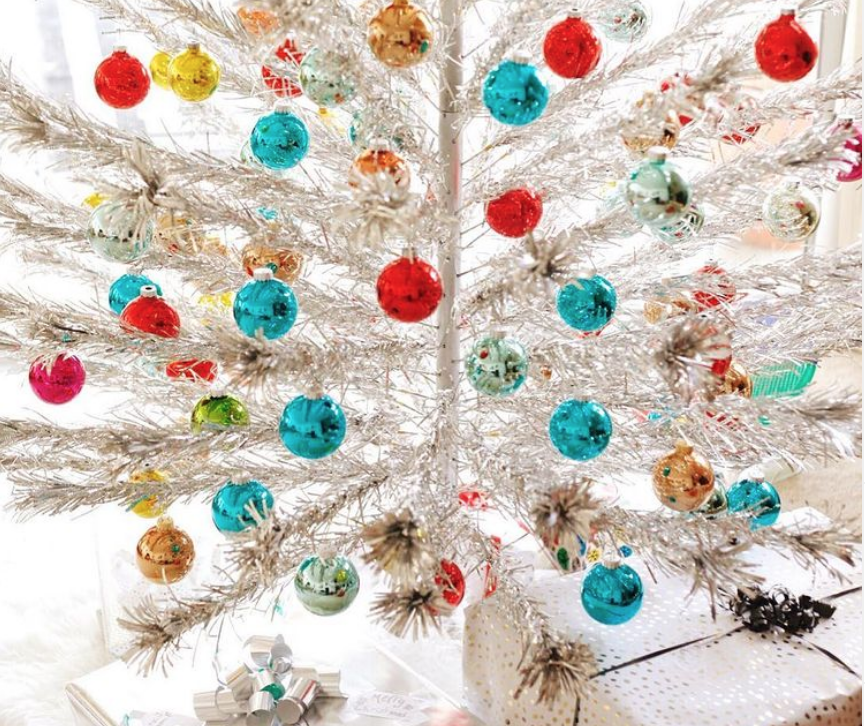You've successfully subscribed to Lived-In Style Magazine : Vintage Inspiration from Ki Nassauer
Great! Next, complete checkout for full access to Lived-In Style Magazine : Vintage Inspiration from Ki Nassauer
Welcome back! You've successfully signed in.
Success! Your account is fully activated, you now have access to all content.
Success! Your billing info is updated.
Billing info update failed.
